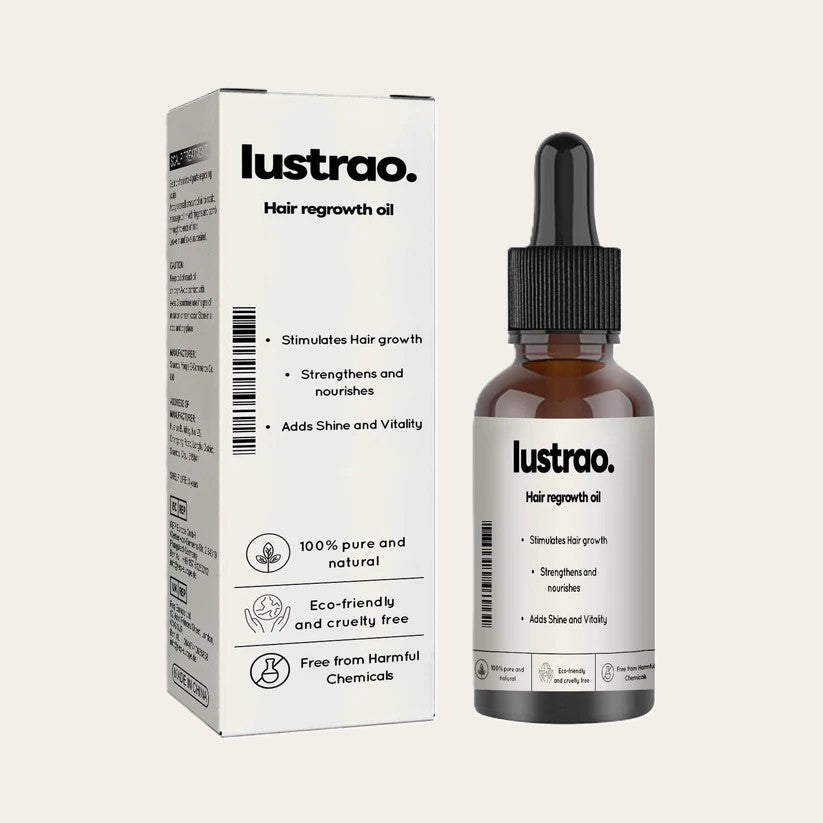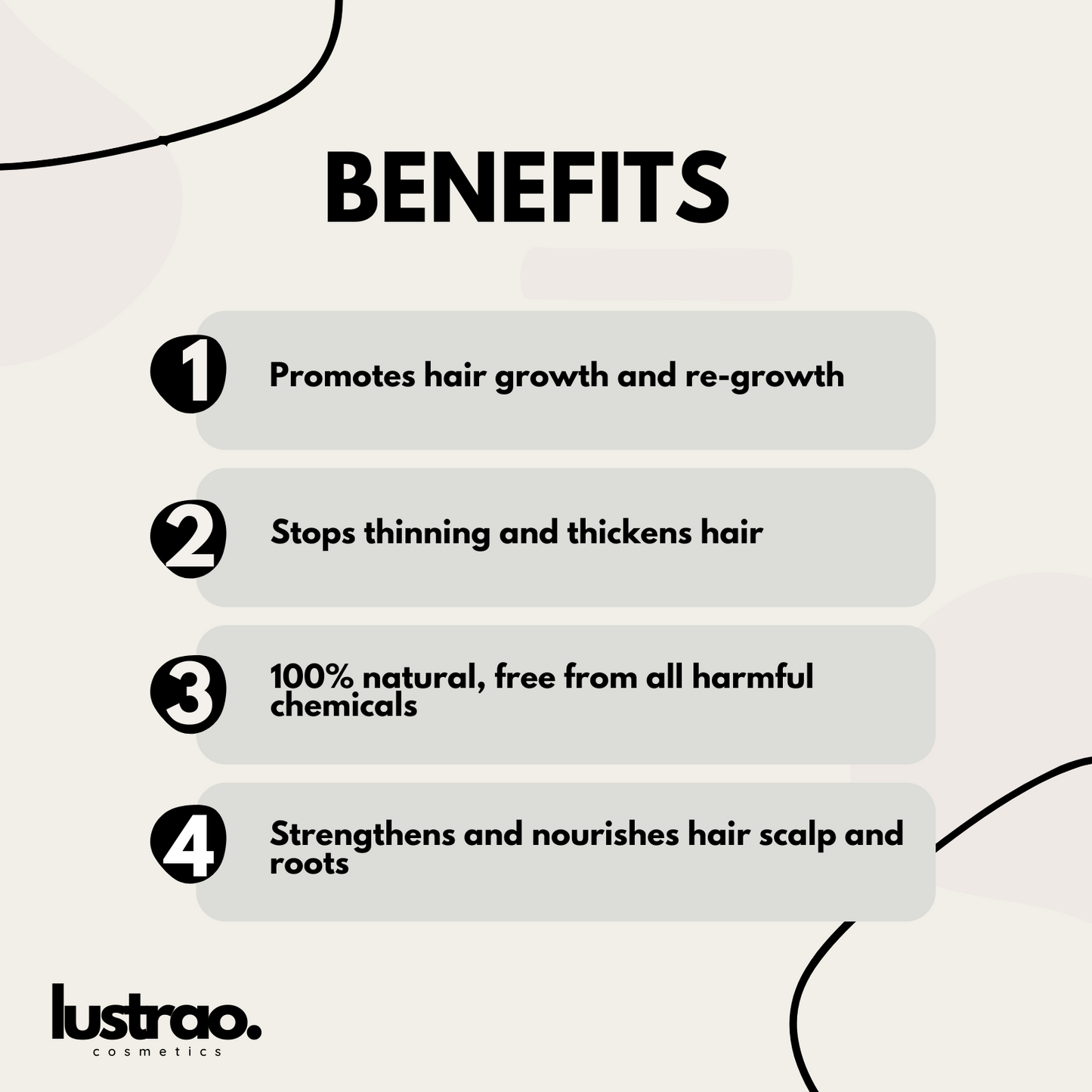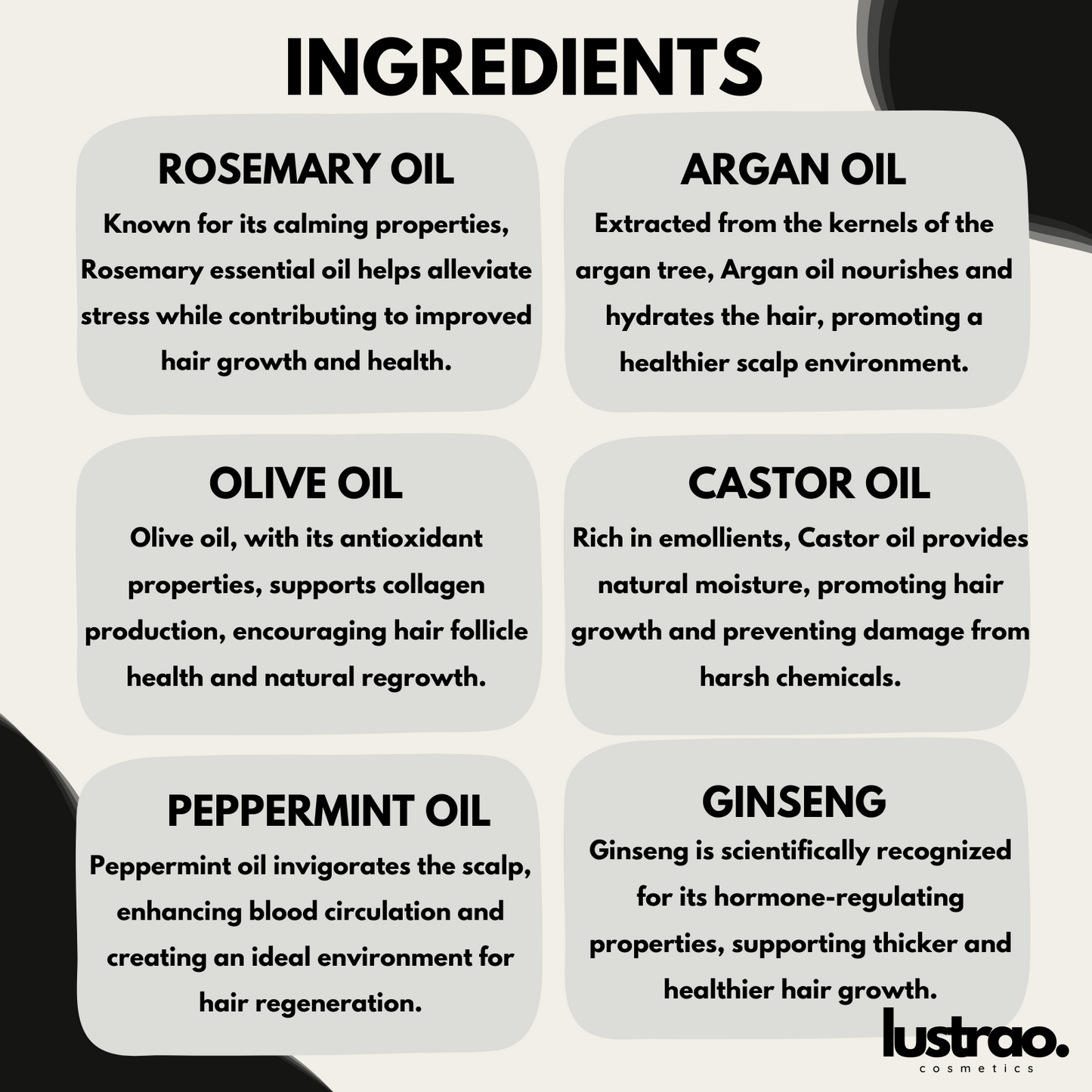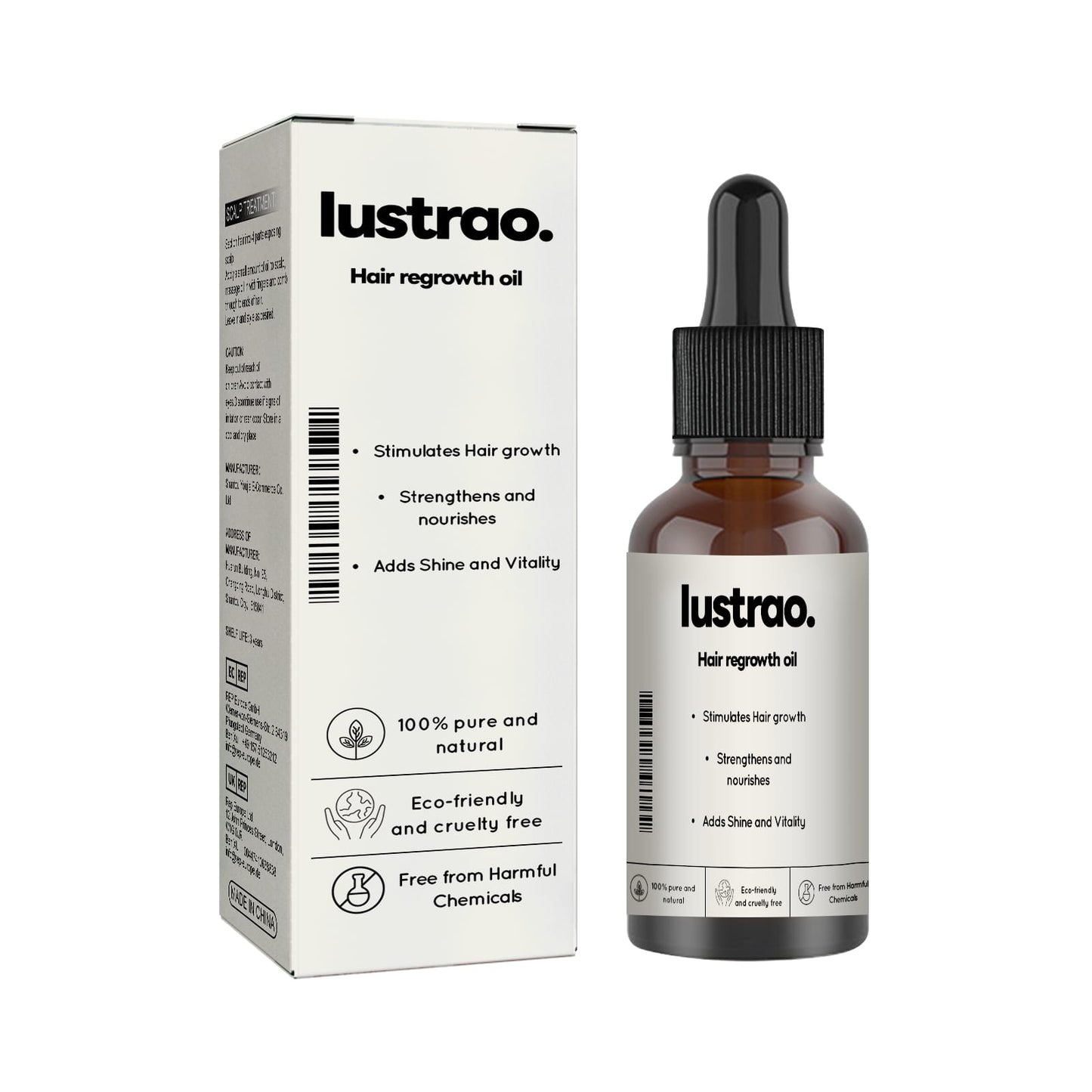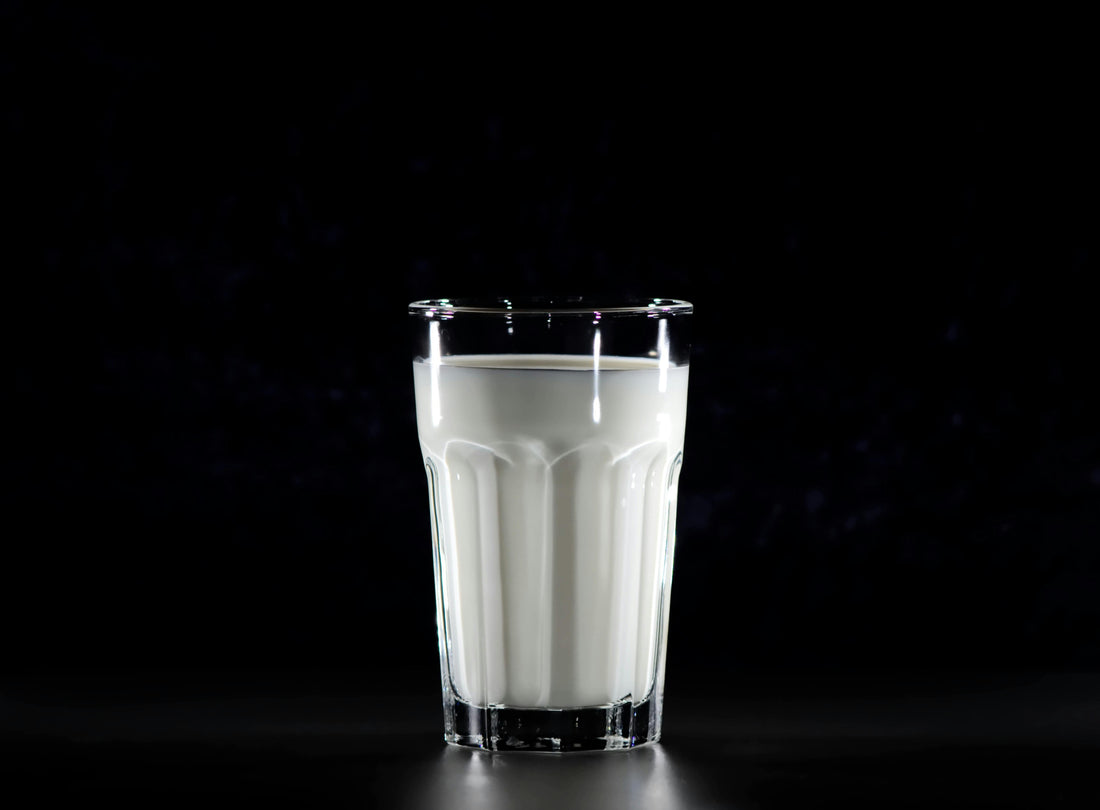
Vitamin D Deficiency and Hair Loss: Causes, Symptoms, and How to Fix It
Share
If you're experiencing hair thinning, excessive shedding, or slow hair regrowth, one often-overlooked culprit could be vitamin D deficiency. Research increasingly links low vitamin D levels to various types of hair loss, including telogen effluvium, androgenetic alopecia, and alopecia areata. In this guide, we'll break down exactly how vitamin D impacts your hair health, the symptoms of deficiency you should watch for, and most importantly, how to fix low vitamin D to support healthier, stronger hair.
If you're concerned about hair loss, checking your vitamin D levels could be the missing link in your recovery journey. Let’s dive into the science, symptoms, and proven solutions.
How Vitamin D Affects Hair Growth
Vitamin D is critical not just for bone health and immune function but also for healthy hair follicle development. It supports the creation of new hair follicles and maintains the anagen (growth) phase of the hair cycle.
A 2019 study in Skin Pharmacology and Physiology found that individuals with conditions like female pattern hair loss and telogen effluvium had significantly lower vitamin D levels than those without hair issues.
Dr. Valerie Callender, board-certified dermatologist, explains:
“Vitamin D plays an important role in hair follicle cycling, and a deficiency can result in hair staying in the resting phase, leading to shedding and thinning."
As we also highlighted in our article on how hormones affect hair loss, nutrient deficiencies and hormonal imbalances often work together to disrupt the normal hair growth cycle.
Can Vitamin D Deficiency Cause Hair Loss?
Yes.
Vitamin D deficiency can cause hair follicles to remain in the telogen (resting) phase longer than normal, leading to hair falling out and slow or incomplete regrowth.
A major disorder associated with vitamin D deficiency is alopecia areata, an autoimmune condition where hair falls out in patches. Studies have consistently shown that individuals with alopecia areata often have critically low vitamin D levels.
Dermatologist Dr. Lindsey Zubritsky states:
"In many patients with alopecia areata, we see a correlation between vitamin D deficiency and disease severity, suggesting supplementation may aid in treatment."
If you've noticed patchy hair loss, widespread thinning, or excessive shedding, it's important to investigate your vitamin D status.
Symptoms of Vitamin D Deficiency
Vitamin D deficiency can be sneaky, but watch for these signs:
- Excessive Hair Shedding: Losing more than 100 hairs a day can signal a deficiency.
- Thinning Hair: Especially diffuse thinning across the scalp.
- Fatigue and Tiredness: Low vitamin D often causes chronic low energy.
- Bone and Muscle Pain: Vitamin D plays a key role in musculoskeletal health.
As we covered in how nutrition impacts hair growth, hair is one of the first places the body shows signs of nutritional imbalance.
Tip: If you suspect a deficiency, a simple blood test can confirm your vitamin D levels and guide your treatment plan.
Scientific Studies Linking Vitamin D Deficiency to Hair Loss
There’s a strong body of evidence connecting vitamin D deficiency to hair disorders:
-
A 2018 study in the International Journal of Trichology found that 90% of patients with hair loss disorders had insufficient vitamin D levels.
-
The Journal of Clinical Endocrinology and Metabolism reported that women with female pattern hair loss had significantly lower vitamin D levels compared to healthy controls.
-
A 2020 meta-analysis concluded that vitamin D supplementation may aid in treating telogen effluvium and alopecia areata.
Dr. Michael Holick, a leading vitamin D researcher, emphasizes:
“Vitamin D supplementation is one of the most cost-effective strategies for preventing not only bone loss but also hair loss related to deficiency."
How to Fix Vitamin D Deficiency for Hair Growth
Here’s a practical action plan to restore your vitamin D levels:
1. Increase Safe Sun Exposure
Aim for 15–20 minutes of sun exposure, 3–4 times a week.
Be mindful of skin protection to avoid UV damage for longer exposures.
2. Eat Vitamin D-Rich Foods
Top sources include:
- Fatty fish (salmon, mackerel, sardines)
- Fortified dairy products
- Fortified cereals
- Egg yolks
- UV-exposed mushrooms
Discover more hair-healthy foods here.
3. Take High-Quality Vitamin D Supplements
Depending on your deficiency severity, doses between 600 IU to 2,000 IU daily are common. In severe cases, doctors might prescribe higher-dose therapy.
Always consult a healthcare provider before starting high-dose supplements.
4. Explore Topical Vitamin D Treatments
Prescription topical vitamin D analogs like calcipotriol are sometimes used for conditions like alopecia areata.
Benefits of Vitamin D for Hair Growth
- Stimulates New Follicles: Encourages dormant follicles to re-enter the growth phase.
- Strengthens Hair Structure: Supports the keratin infrastructure necessary for healthy strands.
- Reduces Shedding: Helps maintain a healthier, fuller hair cycle.
- Improves Scalp Health: Creates an optimal environment for hair to grow.
FAQs: Vitamin D Deficiency and Hair Loss
Q: How long does it take to see hair growth after fixing a vitamin D deficiency?
A: It typically takes 3–6 months to see visible improvements in hair density and shedding.
Q: Can vitamin D supplements stop hair loss immediately?
A: Supplements may slow or halt loss caused by deficiency but won’t reverse genetic hair loss or hormonal imbalance overnight.
Q: How much vitamin D is ideal for hair health?
A: General guidelines suggest 600–2,000 IU daily, but individual needs vary. A blood test is the best guide.
Conclusion: Vitamin D and Lustrao Hair Regrowth Oil
If you’re tackling hair loss, optimizing your vitamin D levels is a crucial step — but a holistic approach gives the best results.
Pair a vitamin D-rich diet and supplementation plan with a proven topical solution like Lustrao Hair Regrowth Oil to maximize your hair recovery journey.
Lustrao Hair Regrowth Oil combines rosemary oil, peppermint oil, and panax ginseng extract, all of which have been shown to stimulate hair follicles, improve scalp circulation, and reduce hair thinning naturally.
Ready to kickstart your hair regrowth journey? Explore Lustrao Hair Regrowth Oil now.
And don’t miss these other must-reads:


